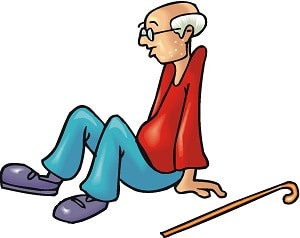If you care for a person with dementia, you know that falls are a cause for alarm. People with cognitive impairments, like Alzheimer’s disease, are more likely to experience a fall. The fall risk that accompanies age is generally tied to changes in physical health and mental well-being. Some falls may cause serious injury and depending on the individual’s physical function, recovery may be difficult.
Prevention is Key:
- Environmental adaption
- Reduce prescription of antipsychotic medications in the elderly
- Improved intercommunication between healthcare providers
- Individualize tasks paired with the right amount of support
Communication and Dementia
Effective communication is the cornerstone to caring for a person with dementia. As a person with Alzheimer’s disease progresses through the stages of dementia, their ability to communicate with language becomes impaired. They also process more slowly and have shorter attention spans.
Eyes to the Front of the Room!
Because people with a dementia diagnosis have impaired attention spans, it is important to ensure you have gained their attention. As you engage with them, adapt your speaking pace to match the person’s processing abilities. Try to use short phrases and balance your body language with what you are saying.
Case Scenario:
Jessica helps her father take care of his older sister who has Alzheimer’s disease. She needs assistance with activities of daily living.
While Jessica is scooping out some ice cream for dessert, she may say to her Aunt:
“Hi, Aunty! Let’s eat some ice cream.”
Scenario Review:
In the short narrative above, Jessica is matching her behavior with what she is saying. This helps communicate a clear message and eliminates any guessing work. It also builds trust and rapport.
Celebrate All Successes
No matter how big or small, it’s important to recognize and acknowledge successful performance. This is important because it reinforces that what a person does really matters.
Ultimately, improving environmental safety, effectively communicating and individualizing tasks paired with just the right amount of support can go a long way towards fall prevention.